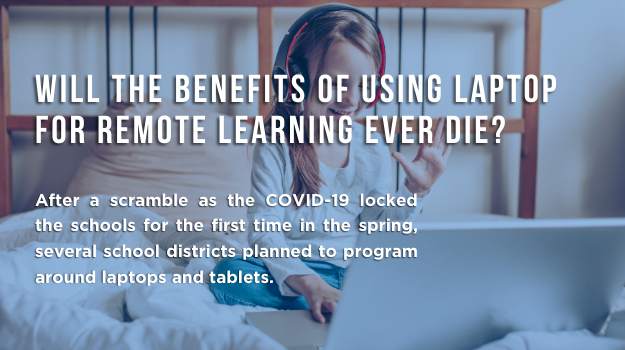
Pencils or paper? No, the essential school supply this year is an online school device such as a laptop.
After a scramble as the COVID-19 locked the schools for the first time in the spring, several school districts planned to program around laptops and tablets. Of course, that presupposes that parents should get the right computer, prevent it from crashing, keep WiFi going, and ensure that their children don’t just goof around online. With the bathroom economy, many households can’t afford a costly new laptop or internet service.

Maybe your laptop is something that your school supplies—or maybe you’re going to buy it yourself. It would help if you had a blueprint for survival, either way.
Last year, American schools purchased about 30 million laptops and tablets, while parents bought 2.2 million directly, according to market researcher Futuresource.
And with the drive to free laptop systems, many schools also question parents who can afford to purchase their equipment. And it’s a rite of passage for individual families to have a new laptop.
But the pandemic has affected what we need to do with these computers. Now laptops need to get online at home, away from free high-speed school, and professionally run WiFi networks. Laptop hardware still requires horsepower and battery life to run video conferencing and web browsers for six or more hours.
Good news: you don’t have to pay a lot more than $300 to get a computer with a good battery and a webcam that will carry on driving for three to four years. “All across the country, most of the curriculum has gone to the Web, so you don’t have to invest in that high-end laptop,” said Kenneth J. Thompson, Chief Information Security Officer of the San Antonio Independent School District.
Online learning is also on the upside. Teachers, ideally, will know to personalize the lesson. Students also learn early engineering skills. “The silver lining is that kids doing this right now are going to be even more prepared for our digital economy,” Vanessa Monterosa, Los Angeles Unified School District program and policy specialist, said.

Although the pandemic pressures you to reflect on immediate needs, it is worth taking a step back to consider your long-term education technology priorities. How long does the district usually keep systems in operation until they are replaced? When regular classroom learning resumes, which features would be most desired by your teachers and students?
One cannot say that tablets are always best for elementary students, and Chromebooks are always better for upper grades. You can also only learn invisible factors when you meet with teachers, parents, and pupils. If you’ve come up with a simple list of needs, reach out to a trustworthy brand, which knows the complexities you’re facing and can help you find devices that can help your schools succeed.